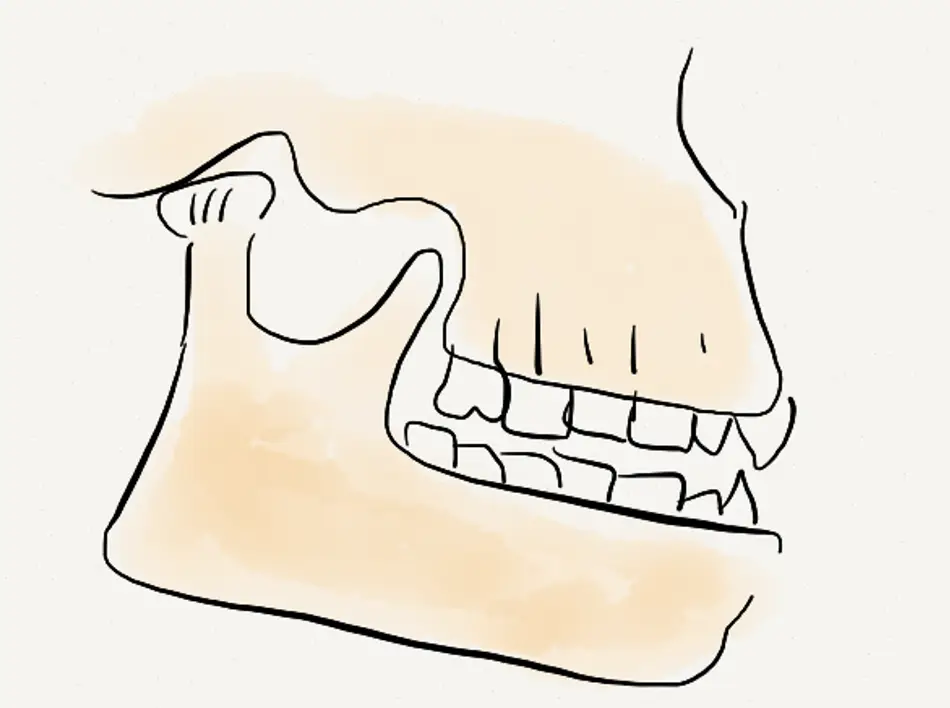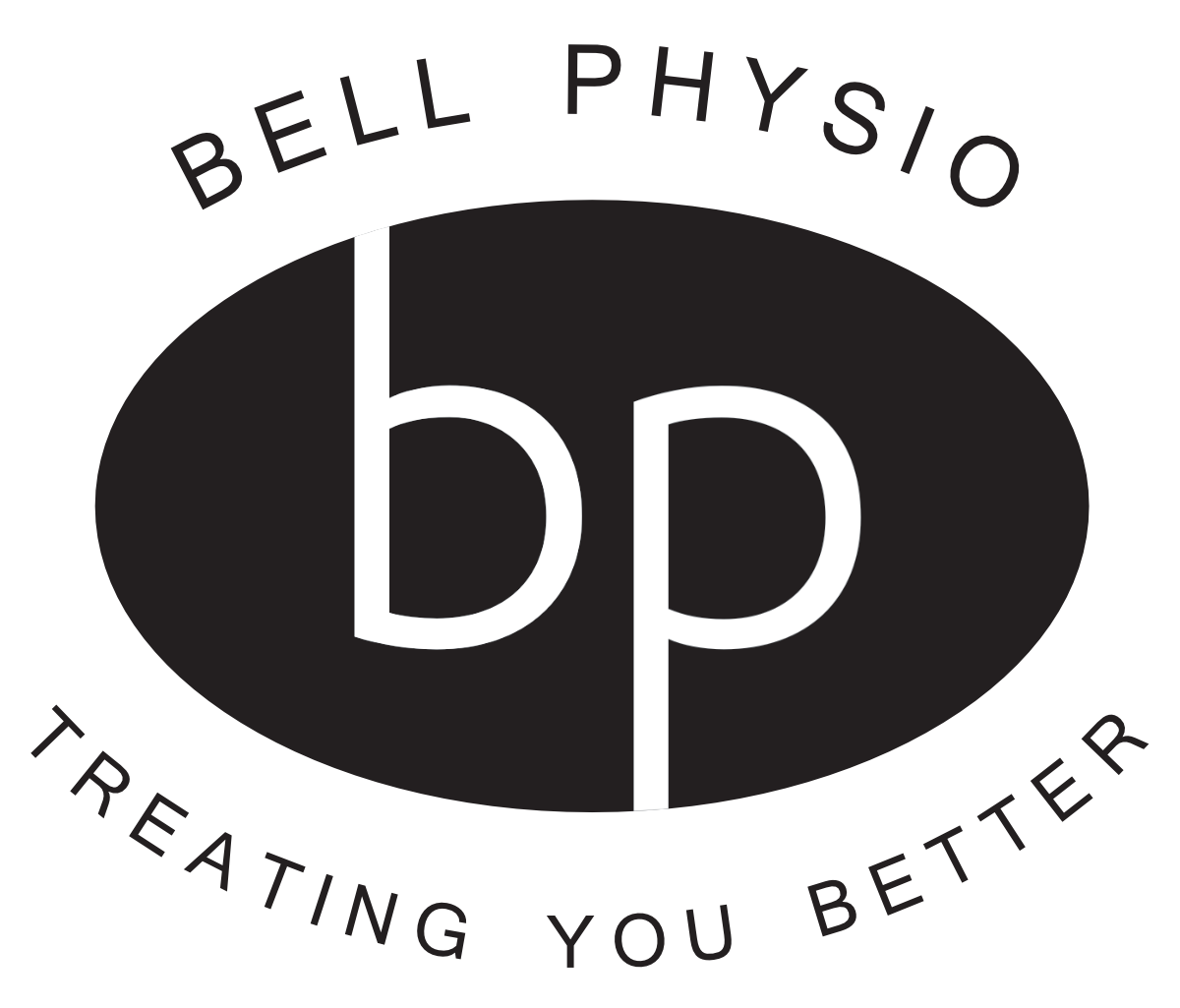Jaw Dysfunction
Unlock Your Jaw Potential: How Physiotherapy Can Help Your TMJ Problem

What is TMJ dysfunction?
TMJ dysfunction (TMD) causes pain and tenderness in your jaw joints and surrounding muscles and ligaments. Causes include teeth grinding, jaw injuries, arthritis and everyday wear and tear.
Ever wished you could chomp down on a juicy burger without pain?
Or have you wished you could bite a whole apple instead of slicing it into quarters? If your jaw clicks, pops, or feels stuck, you might have temporomandibular dysfunction (TMD). Don’t worry, it’s a common problem affecting up to 30% of people,especially women.
Imagine your jaw joint like a hinge. TMD happens when the ligaments around this hinge get too tight,causing pain and limiting movement. This tightness can be caused by things like:
- Injuries: A fall, accident, or even wisdom teeth removal can strain the jaw.
- Bad habits: Nail biting, gum chewing, or clenching your jaw can all contribute.
The symptoms of TMD can be frustrating:
- Clicking or popping sounds in your jaw
- Ear pain
- Headaches
- Trouble opening your mouth wide enough to eat comfortably
But there’s good news! Unlike temporary fixes like pain medication, physiotherapy can address the root cause of TMD:tight ligaments. Physiotherapists are experts in the mechanics of joints.They use special techniques to loosen those tight tissues and restore proper jaw movement.
Here’s what to expect during physiotherapy for TMD:
- Assessment: Your physiotherapist will ask about your symptoms and examine your jaw joint.
- Treatment: They might use gentle massage, joint mobilizations, and exercises to improve movement and flexibility.
Physiotherapy is a safe and effective way to treat TMD. In most cases, you’ll see results within a few months and be back to enjoying your favorite foods pain-free. Here are some signs physiotherapy might be right for you:
- You’ve tried other treatments that haven’t worked.
- You want a long-term solution, not just temporary pain relief.
- Your jaw pain is affecting your daily life.
- You want every yawn to be satisfying.
Don’t suffer in silence! If you suspect you have TMD, get in touch. With a little help, you can unlock your jaw and get back to smiling and eating comfortably.
Case Studies
STRUCK IN FACE AT RUGBY
Young adult farmer presented three months after an impact to his left jaw in a rugby game. He was waking up with jaw pain and stiffness, and could not open past 25mm. The dull pain was constantly 4-5/10 and he really wanted to eat a burger, which any attempt at doing he rated at only 25% of normal. Yawning rated 55% and chewing steak rated 35%. Finding out the trauma was to the left side ligaments, he was set gentle daily exercises for these and after two months his ratings were as follows: burger 95%, yawning 100% and chewing steak 95%. He no longer woke with soreness or stiffness and his opening was restored to 50mm (normal opening).
FIVE YEARS OF PAIN
35 year old female health professional presented with a five year history of daily right sided jaw pain, with no reasonable explanation. It spread into the head often as frontal and temporal headache. Her pain ranged from 1 to 7/10. The jaw clicked on the right with eating. Testing revealed good ROM but end range pain, especially with the Sphenomandibular ligaments. Given her high pain sensitivity, extra care was advised and a ramping up approach over the first three weeks was instituted. At follow up a significant reduction in pain intensity and chronicity was reported, with some days of zero pain, which was immensely gratifying for her given the five year history. The improvement occurred rapidly after commencing exercises. The gains became commonplace for her – achieving freedom from her pain completely.
BAD CLICKING AND LOSS OF OPENING
A government staffer presented with two years of jaw pain, perhaps coinciding with a high stress lifestyle. She had right sided pain and difficulty translating the jaw to the left, as well as 30mm opening, down 20mm from the normal. The distal two right ligaments were very painful (oblique and sphenomandibular) and so the principle of treatment was to focus here with exercises twice a day. Six weeks later, she reported no pain anymore. The opening was restored and the symmetry of translating left and right was equal. She rated her improvement between 90-95%, and stated “it was no longer affecting my life now”.
LONG TERM CLICKING AND RECENT LOCKING
A 48 year old woman was suffering with a constant long term ache in the left jaw and had begun to
experience intermittent locking which was acutely painful at 8-9/10. The click/pop was worsening on eating hard foods and yawning. On examination, she exhibited 10mm loss of opening, and the ligament tests revealed stiffness greater than pain. Appropriate exercises were prescribed and checked for form, and she went away to practice them over three weeks. On follow up she hadn’t experienced any locking since the start of exercising, and the constant dull ache was gone. Her opening was close to normal (50mm). In a final email she stated “I do feel this is a big win for me – no longer experiencing any locking, and the constant pain I had by my ear has gone”. She was advised to continue exercises over 2 further months, as the click had not fully gone, and it was a reasonable goal to pursue.
JAW DYSFUNCTION STARTED ON FLIGHT
A retired builder developed jaw dysfunction returning home to NZ from Australia, with symptoms of clicking and malalignment. There was no clear mechanical cause, but testing implied that the left jaw ligaments were dysfunctional, with 5/10 pain on provocative tests. His opening was limited to 35-40mm. He was able to zoom consult with me from a camping ground in his camper van, so the versatility of this system of treatment and assessment was proven. At one months follow up, he had restoration of bite alignment, and pain and clicking had nearly ceased. He measured opening as 45mm. His statement “that I couldn’t live with how it was” was a great indicator of the effectiveness of the Latimer approach, as he had come to a place of near normality again.
